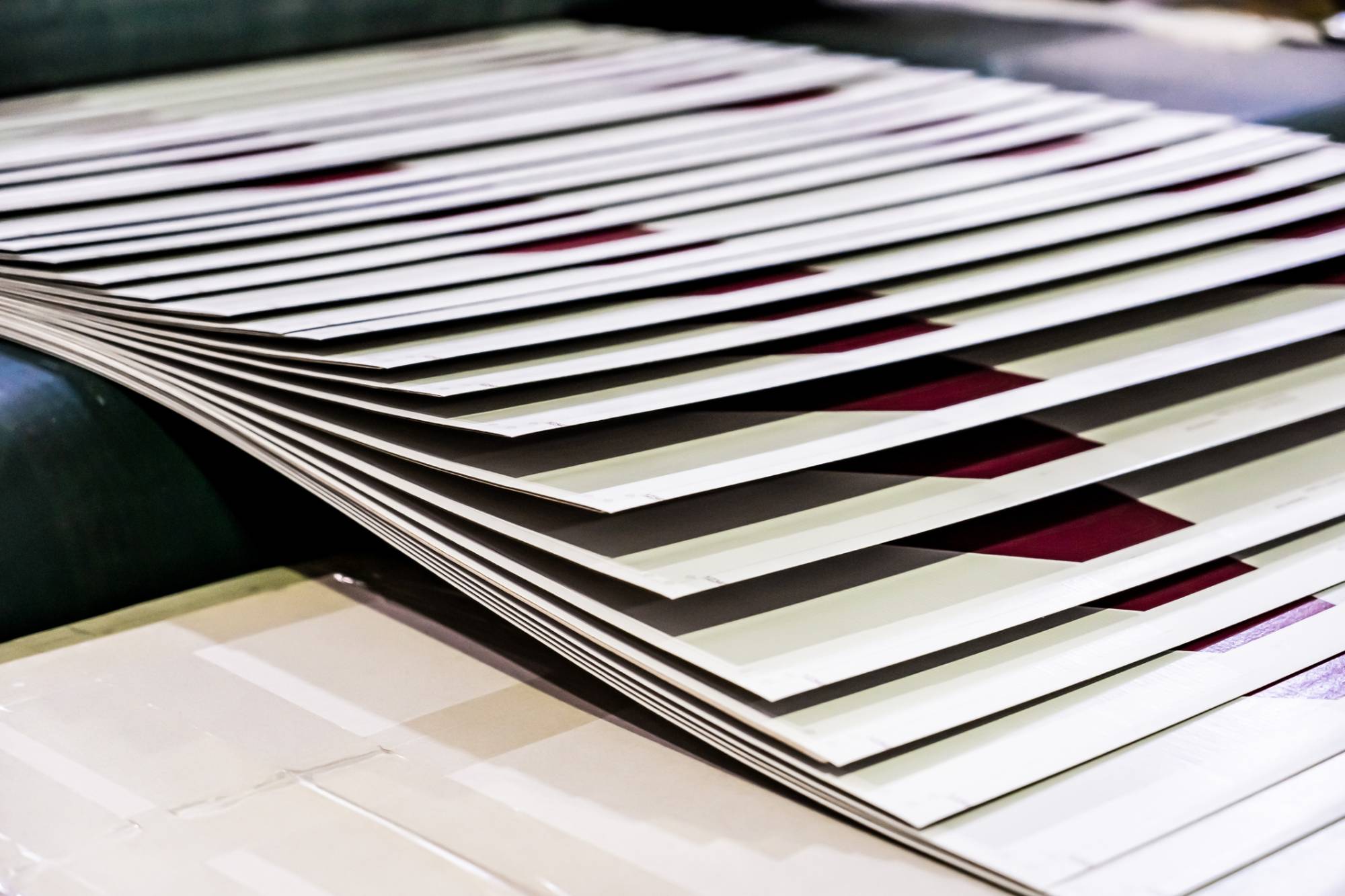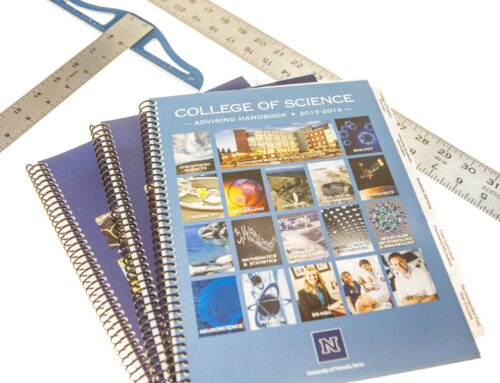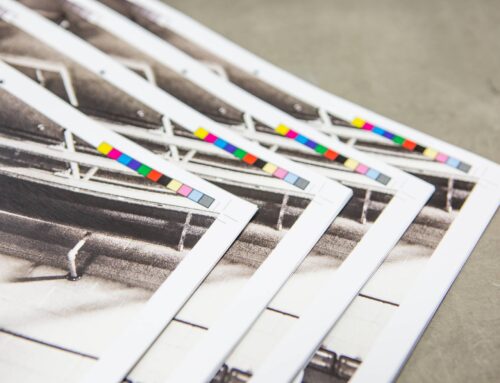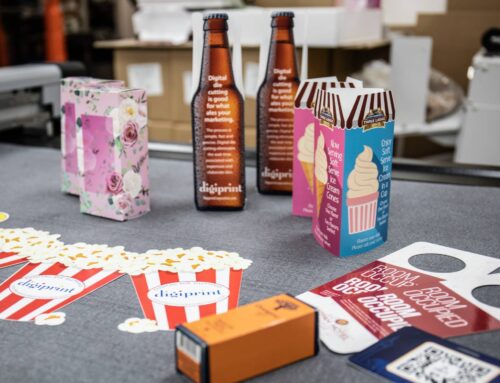So, you’ve finalized some stunning designs for your marketing materials- brochures, catalogs, and business cards- and they’re ready for print. Well done!
But before you press “go,” have you considered how you’ll finish them?
A polished design grabs attention, but without the right print finish, it’s only halfway there.
What is finishing exactly? As the name suggests, it’s the process of completing your print materials with techniques like cutting, folding, binding, laminating, embossing, and more. Essentially, it’s meant to make your printed products more attractive and durable.
At our Reno printing services, we help businesses elevate their print project with professional, high-quality finishing options. Join us as we explore the different types of print finishing techniques and how to choose the right one for your needs.

Table of Content
Types of Print Finishing Techniques
Choosing the Right Finishing Technique
Types of Print Finishing Techniques
There are various print finishing techniques, but let’s break them down into three main categories: coating, lamination, and specialty techniques.
(1) Coating Techniques
While coatings are primarily used to protect printed materials, they also boost visual and tactile appeal.
A. Gloss Coating
With its reflective finish, the glossy coating makes your prints sparkle and come to life. It’s perfect for a printing surface like a menu, postcard, or magazine cover that needs to grab attention at a glance. It also guards against dirt, moisture, and everyday wear.
B. Matte Coating
Matte coating reduces glare and creates a smooth texture commonly seen in business reports, wedding invitations, or any project where a refined, professional look is more fitting than a flashy one.
C. Silk Coating
Silk coating is the perfect middle ground between gloss and matte- not overly shiny, but not completely flat either. Polished yet approachable, it is suitable for brochures, catalogs, and premium projects.
(2) Lamination
During lamination, a layer of plastic is added to the print surface to make the paper stock sturdier. Although it shares similarities with coatings, lamination is a step up in both quality and cost.
A. Gloss Lamination
If you think gloss coating is high shine, wait till you see gloss lamination. Not only does it amplify your colors to eye-popping levels, but it also serves as a waterproof shield. You can use it for posters that need to survive the elements, packaging that demands attention, or business cards that don’t fade into the pile.
B. Matte Lamination
Matte lamination is equal parts classy and practical for printed materials. It’s fingerprint-resistant, smudge-proof, and built to last- a great choice for menus or high-end brochures that are constantly handled.
C. Soft-Touch Lamination
Have you ever held an invitation card or a perfume box so silky smooth that it felt like velvet in your hands? That luxurious sensation comes courtesy of the soft-touch coating technique.
The gold standard for premium prints, soft-touch lamination has an almost suede-like texture that’s as memorable as it is long-lasting.
(3) Specialty Finishing Techniques
Specialty finishing techniques are meant to give your print personality and purpose. They’re ‘special’ because they go beyond standard cut-and-fold finishing processes.
A. Embossing
You can opt for embossing print finishes to add a three-dimensional effect to your prints. An embossing print creates a raised impression on your paper material. This is usually done using a metal plate and a counter.
Embossing is perfect for adding visual interest to the details you’d most like to stand out, such as your name, logo, or contact information.
B. Debossing
Unlike embossing, debossing creates a depressed or recessed effect. Often called “letterpress,” this is one of the oldest and most iconic printing techniques, dating back to the 1400s.
Today, it is commonly used for company logos. However, you can also choose to deboss your business cards or invitations if you’re going for a vintage look and vibe.
C. Foil Stamping
Applying metallics or colored foil to your prints is one of the easiest ways to highlight important details.
Once your design is finalized, metal dies are crafted in the precise size and shape for each color. Next, the dies are heated and pressed onto the paper to apply a thin, gleaming layer of foil.
Some great ways to incorporate foiling stamping into your prints would be creating intricate backgrounds on invitation cards, lettering, and graphic elements.
D. Die-Cutting
If you like the clean, modern look of rounded corners, this is the type of printing finish you need. Die-cutting is generally used to create custom shapes and designs for labels, business cards, or packaging. Think of it like a pastry cutter—it slices through paper to craft precise, eye-catching designs.
While die-cutting can be more expensive, especially for fully custom designs, the results are worth every penny. For prints that are truly one of a kind, the die-cutting finishing process is the way to go.
E. Perforation
Perforation punches small, precise holes to make it easy to tear or fold sections of your print. Perfect for coupons, tickets, detachable forms, or creative brochures, it adds a layer of convenience that customers appreciate.
Choosing the Right Finishing Technique
How do you know which print finishing technique to choose? Our customized printing service experts have answers:
1) Consider the Purpose of the Print
Consider what the printed material is meant to do. Is it a promotional brochure, an invitation, or packaging for a product? The purpose will dictate your choices.
For example, a menu in a busy restaurant needs durability, so lamination might be the best bet. An invitation, on the other hand, might benefit from embossing or foil stamping to make it look special. It’s important to always match the finishing technique to the material’s function.
2) Understand the Target Audience
Your audience’s expectations and preferences should also influence your choice. A younger, trendy audience might appreciate bold, creative techniques like die-cutting or colorful foil accents.
On the other hand, a professional or corporate audience may prefer clean, understated finishes like matte lamination or subtle embossing. Think about what will resonate most with your target audience and how the finish will align with your brand’s message.
3) Assess Budget and Production Capabilities
Because the finishing printing process can vary widely in cost and complexity, you’ll need to factor in your budget and timeline. Print finishing specialties are more expensive and require longer production times. If you’re working with a tight budget or need a quick turnaround, simpler options like gloss coating or rounded corners might be a better fit.
Print Your Marketing Materials with Digiprint!
While finishing is only one piece of the bigger printing puzzle, it has the power to transform an average design into a great one. In case you’re not sure where to start, feel free to consult a professional for advice.
Got a printing project in Reno? Choose us here at Digiprint. With our comprehensive range of printing and finishing services, we’re here to help you bring your brand’s story to life with maximum impact.
Reach out to us for your first consultation today!





